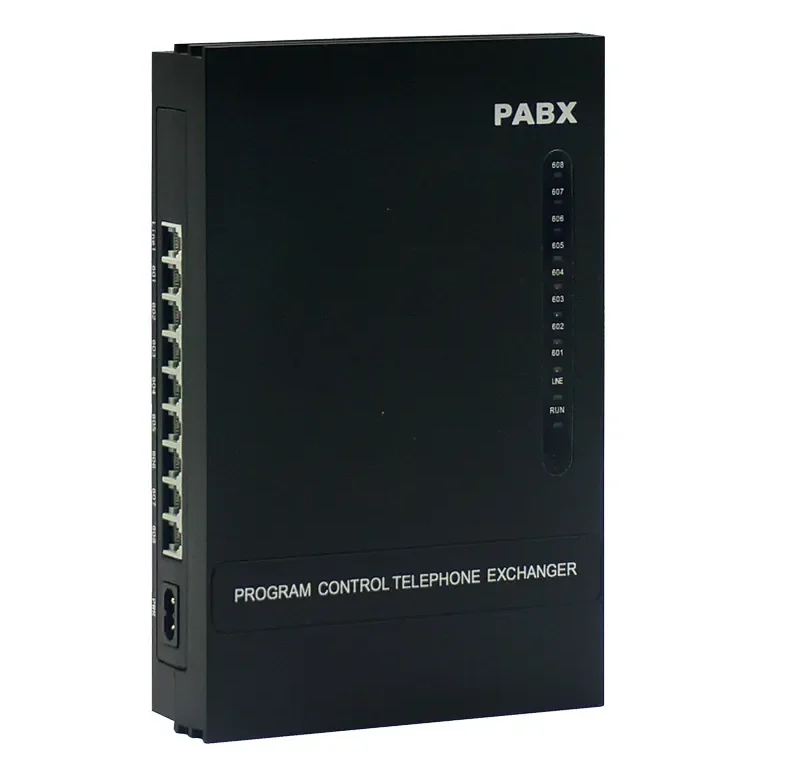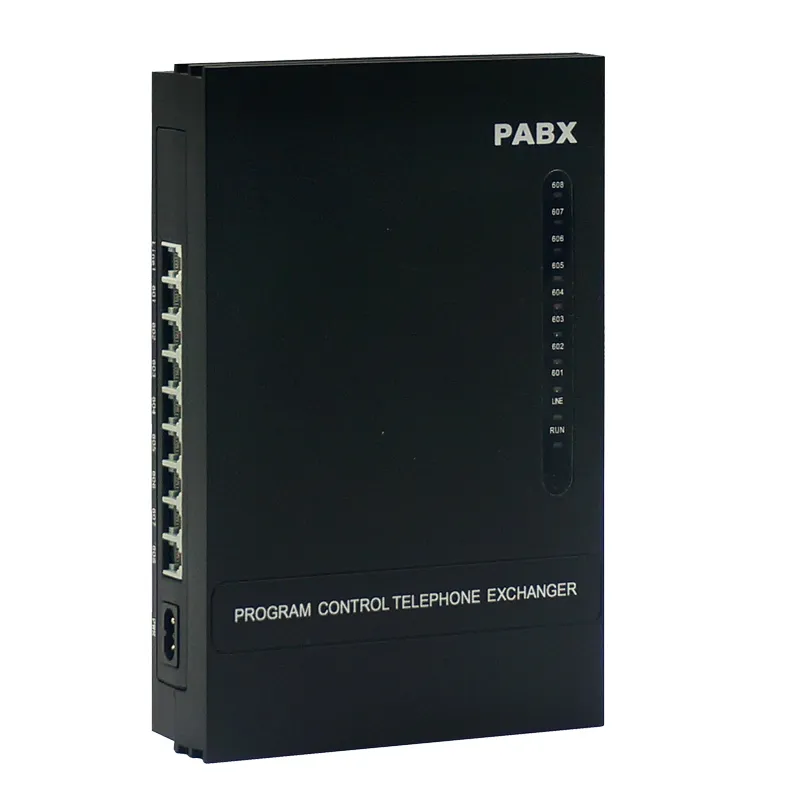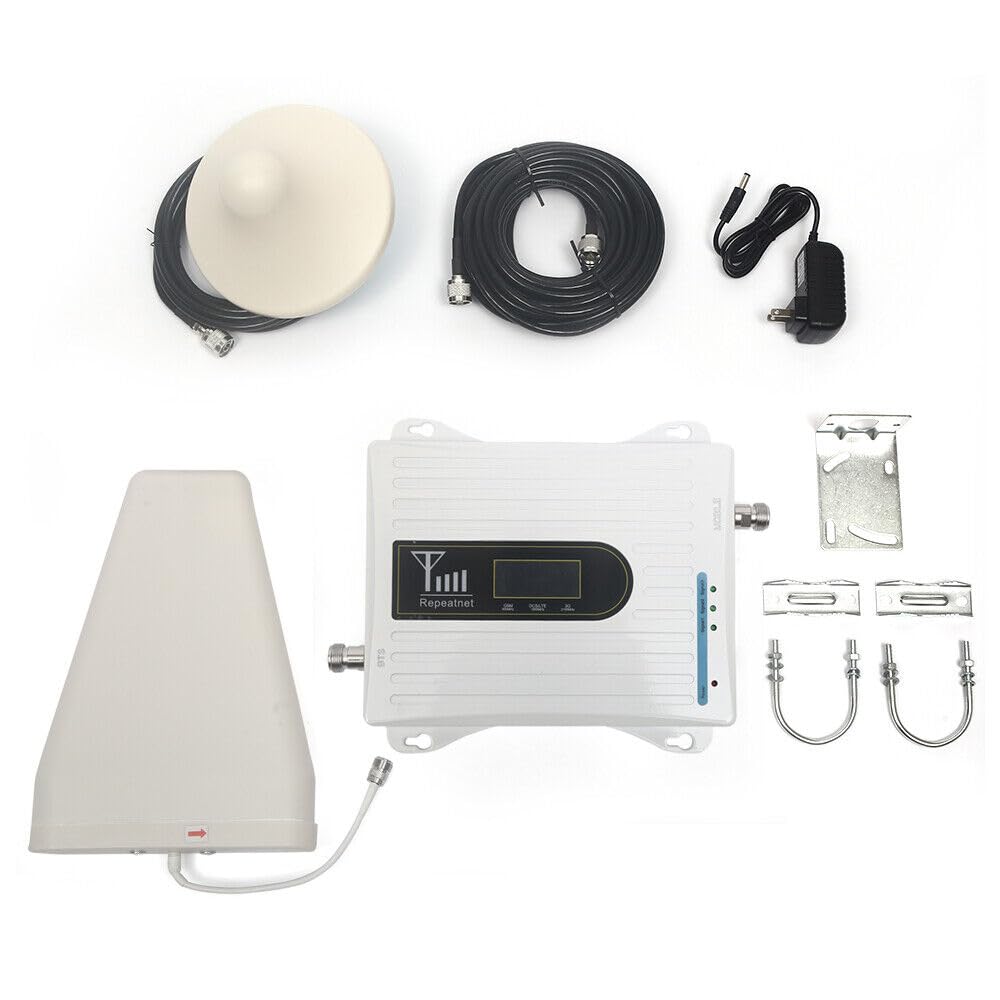Switching Systems

A Private Automatic Branch Exchange (PABX) is a sophisticated telecommunication system used in organizations to facilitate internal and external communication. Essentially, it acts as a mini version of a central telephone exchange, but it’s entirely private to the organization that owns it. Here’s a breakdown of its functionality and modern advancements:
How Siebens Can Meet Your Needs:
At Siebens, we specialize in providing comprehensive telephone systems tailored to meet the unique requirements of businesses. Whether you need a traditional PABX system, a fully integrated VoIP solution, or a hybrid system combining both, Siebens offers:
- Expert Consultation: We assess your business’s communication needs and design a solution that fits your infrastructure and goals.
- Customizable Solutions: Our systems can be customized with features that enhance productivity, customer service, and internal communications.
- Scalable Technology: We offer scalable solutions that grow with your business, ensuring you have the flexibility to expand your communication capabilities as needed.
- Cost-Effective Communication: With our VoIP solutions, you can benefit from reduced telephony costs while enjoying high-quality voice and data transmission.
Key Features of PABX:
Call Routing and Switching: PABX directs and connects internal calls without requiring external assistance. This can include calls between departments, teams, or individuals.
External Line Access: It offers a gateway to external lines, allowing users within the organization to make outgoing calls and receive incoming calls from outside the organization.
Call Management: PABX systems allow organizations to manage large volumes of calls, redirect calls to available agents, and avoid bottlenecks. Features include call forwarding, hold, voicemail, conference calling, and auto-attendant.
Cost Efficiency: By managing internal calls, businesses can save costs associated with external phone lines. Internal communications remain free since they do not use public networks.
Scalability: PABX systems are scalable, meaning they can handle growing call traffic and new extensions as organizations expand.
Modern Business Telephone Systems: VoIP Integration
With advancements in communication technology, modern business telephone systems have evolved beyond traditional PABX, incorporating Voice over Internet Protocol (VoIP). VoIP technology uses an organization’s existing IP network (data network) to route phone calls, which offers several significant advantages over traditional telephony:
Lower Costs: VoIP reduces costs by utilizing the internet rather than traditional phone lines for calls. Since voice traffic is transmitted over the same network as data traffic, the need for separate infrastructure (i.e., separate phone lines) is eliminated. This allows for cheaper long-distance and international calls.
Unified Communication: VoIP enables the convergence of voice, video, messaging, and data into a single platform, providing employees with multiple modes of communication. This creates a more efficient and collaborative environment.
Flexibility and Mobility: VoIP allows users to make and receive calls from any internet-connected device (computers, smartphones, etc.), making it ideal for remote workforces. Employees can stay connected from virtually anywhere.
Advanced Features: Modern VoIP systems offer features like call analytics, integration with CRM software, call recording, virtual attendants, and more. These features help businesses optimize communication and enhance customer service.
Cloud Integration: Many businesses opt for cloud-based VoIP services, where the telephone infrastructure is hosted offsite, leading to reduced maintenance costs and enhanced scalability. With cloud-based solutions, businesses can easily scale up or down based on their needs.
Advantages of Combining Voice and Data Networks:
Integrating voice and data networks through VoIP opens up numerous possibilities for businesses, making communication smoother and more efficient:
- Streamlined Operations: With a single network for both voice and data, businesses can simplify their IT infrastructure, reducing complexity and improving maintenance.
- Cost Savings: Reduced need for separate networks means lower installation and maintenance costs.
- Improved Communication: VoIP allows for features like instant messaging, video conferencing, and file sharing, making it easier for employees to collaborate in real-time.
- Enhanced Mobility: Employees can use VoIP systems from any location, as long as they have internet access. This supports flexible work arrangements and boosts productivity.









